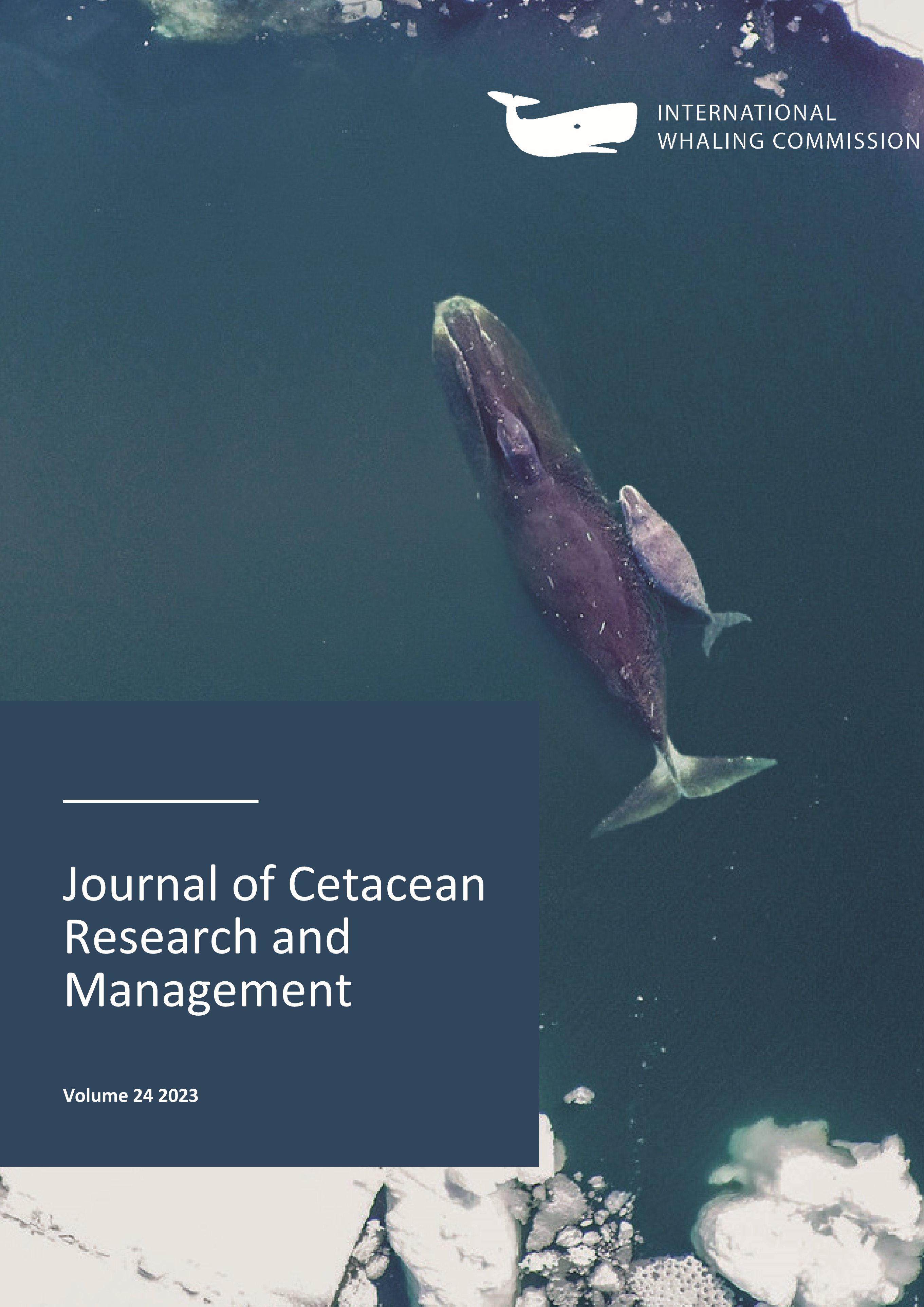Spatio-temporal trends in cetacean strandings and response in the south-western Indian Ocean: 2000-2020
Main Article Content
Abstract
The south-western Indian Ocean (SWIO) is a region of global importance for marine mammal biodiversity, but our understanding of most of the species and populations found there is still rudimentary. The Indian Ocean Network for Cetacean Research (IndoCet) was formed in 2014 and is dedicated to the research of all cetacean species across the SWIO. Since 2019, there have been efforts to create a regional network for coordinated response to stranding events as well as training and capacity building in the SWIO region. The present analysis represents a first investigation of stranding data collected by various members and collaborators within the IndoCet network, covering over 14,800km of coastline belonging to nine countries/territories. Between 2000-2020, there were 397 stranding events, representing 1,232 individual animals, 17 genera and 27 species, belonging to six families: four balaenopterids, one balaenid, one physeterid, two kogiids, six ziphiids and 14 delphinids. Seven mass strandings were recorded: two were composed of three to 20 individuals and five composed of >20 individuals. Spatial analysis of stranding events indicated that local spatio-temporal clusters (excessive number of events in time and geographic space) were present in all countries/territories, except for the Comoros. The only significant cluster was detected on the southwest coast of Mauritius, just west of the village of Souillac. The SWIO region predominantly comprises relatively poor countries/territories, but imminent Blue/Ocean economy developments are prevalent throughout the region. This study highlights the importance of establishing baselines upon which any future potential impact from anthropogenic developments in the region can be measured.
Article Details

This work is licensed under a Creative Commons Attribution-NonCommercial 4.0 International License.
You are free to:
- Share copy and redistribute the material in any medium or format
- Adapt remix, transform, and build upon the material
- The licensor cannot revoke these freedoms as long as you follow the license terms.
Under the following terms:
- Attribution You must give appropriate credit, provide a link to the license, and indicate if changes were made. You may do so in any reasonable manner, but not in any way that suggests the licensor endorses you or your use.
- NonCommercial You may not use the material for commercial purposes.
- No additional restrictions You may not apply legal terms or technological measures that legally restrict others from doing anything the license permits.

